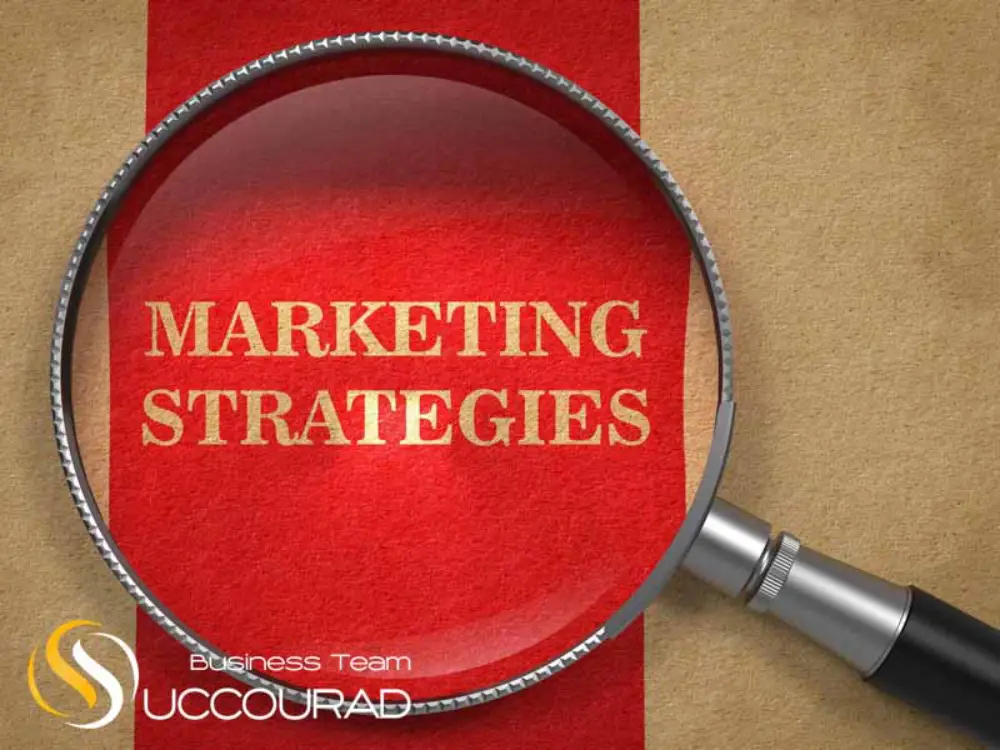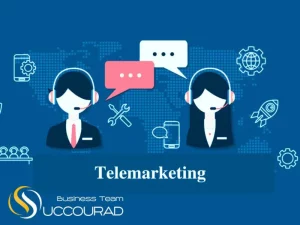
10 Unique Sales Psychology Tips for More Sales
It doesn’t matter whether you are an expert in sales or you are new to the profession and trying to attract your customers. You must

The term marketing has evolved over time, and today marketing is more than product promotion and includes activities before you develop your product and after you sell it to a customer.
Marketing strategy is used by various companies to attract the attention of consumers. It is also used to inform customers about the features, specifications, and benefits of the company’s products. This strategy basically focuses on encouraging target customers to buy specific products and services. Marketing strategy can be completely innovative or reuse those already used by other businesses.
Marketing requires coordination, planning, and implementation of tasks and employees with the right skills to ensure marketing success. Marketing goals and objectives must be monitored and met and competitive strategies analyzed.
n an effective application of market research and marketing, an organization must be able to determine the needs and demands of customers and deliver benefits that improve the lifestyle of customers, while at the same time meeting their needs also leads to healthy returns for the company. It is organized.
In general, in the strategy framework, the following 7 elements are necessary to design a proper marketing strategy.
The reason why marketing is evolving and we need many strategies in this field is the customer. I am a customer. My purchasing habits and decisions are completely different from yours. Every strategy takes customers as a starting point and then moves forward. Hence, strategies generally deal with segmentation, targeting, positioning, and moving forward.
The meaning of company is the internal strengths and weaknesses of the company. SWOT analysis is a powerful analysis tool that determines what the company can and cannot do. To design a strategy, the company must conduct an internal analysis and make the right decisions.
Competition affects both customers and the company. Advertising and marketing activities are always done because of the fear of increasing competition.
Many factors affect the political environment of a country. The level of control over policies, political structure, as well as various other factors helps to build the political and legal environment of a country.
Many readers read this article on a smartphone. Was such a thing possible a decade ago? What happened to all those companies that were successful a decade ago? Where is Nokia? The technological environment changes very quickly, and companies that do not adapt will fail.
Hence, technology is a prominent element of marketing strategy.
McDonald’s changes its menu in every new country it enters. This is because of the social environment. Countries like the United States and England are meat lovers, while in places like India, meat is mostly banned and people don’t go to restaurants and hotels that serve meat.
Therefore, the social environment is different in different places. Based on the social environment, the strategy will also be different.
If you want to launch a better product, the economic environment of the country is very important. Many brands are still only available in developed countries, and not even in developing countries. This is due to the low GDP (gross domestic product) of developing countries, which do not provide the necessary ground for the entry of a top brand. Hence, when designing a strategy, you should aim to enter the right economic market.
Recommended to Read: 5 Biggest Marketing Mistakes that You Can Use
Without an actual marketing strategy, your marketing is not driving your business far.
The reason – if you don’t have a holistic strategy to guide your actions, you’re simply shooting in the dark, and the success rate is low
There is nothing wrong with using ads but relying only on paid media is not an effective strategy.
The reason – its results are short-term and depend on the budget you have. The moment you stop paying, it stops working
Your targeting and positioning can make or break your business.
The reason – Targeting everyone or choosing your positioning and target audience based on assumptions not strategy can cost you your business
There is a big difference between following the industry norm and copying your competitor’s every move.
The reason – This is the worst strategy as this way you rip your business off its uniqueness and make it “one of many”
I witness this mistake every day and it pains me how much money and potential clients businesses lose.
The reason – you rely on your limited knowledge and assumptions instead of hiring and consulting with an expert.
Marketing is more than advertising. To meet the needs and demands, you should start the marketing process in the research phase so that you can find out the needs and demands of the customers. After research, you can start product development, followed by distribution, promotion, and sales of the product. Finally, product sales should be accompanied by research to evaluate the success of the organization.
Marketing strategy promotes products and services. They are also formulated to target the audience and ensure proper business development. Getting sales, Marketing Consulting from a knowledgeable consultant can help you in this area.

It doesn’t matter whether you are an expert in sales or you are new to the profession and trying to attract your customers. You must

Telemarketing is one of the primary methods of introducing products and services so that marketers can attract leads and potential customers. Considering that a long

Email marketing is one of the best advertising and marketing methods. In order to be as effective as possible, we must pay attention to some
Follow The Tutorials and Key Tips.

اگر بعنوان مدیر کسب و کار، به دنبال رفع آسیبهای…
Follow News and Group Discounts.
Follow Trainings and Group Discounts
Forward-looking entrepreneurs and innovative businesses benefit from the latest knowledge and the bitter-and-sweet experiences of others for their growth.
We at “Succourad” after years of experience and providing various services at National, Regional, and International levels, relying on the latest knowledge and with the support of our experienced members, we are with you from the beginning to the end of setting up your business and its development at the worldwide level.
Until now, we have tried to provide all the services you need (Training, Coaching، Consulting، Mentoring, Translating، Acceleration, Digital Marketing، Hosting, Content Creation, Web-Design, SEO , etc.) 24 hours a day as soon as possible with highest level of quality & lowest cost .
Copyright ©2014 – All rights reserved “Dr. Ali Ghavami“.
